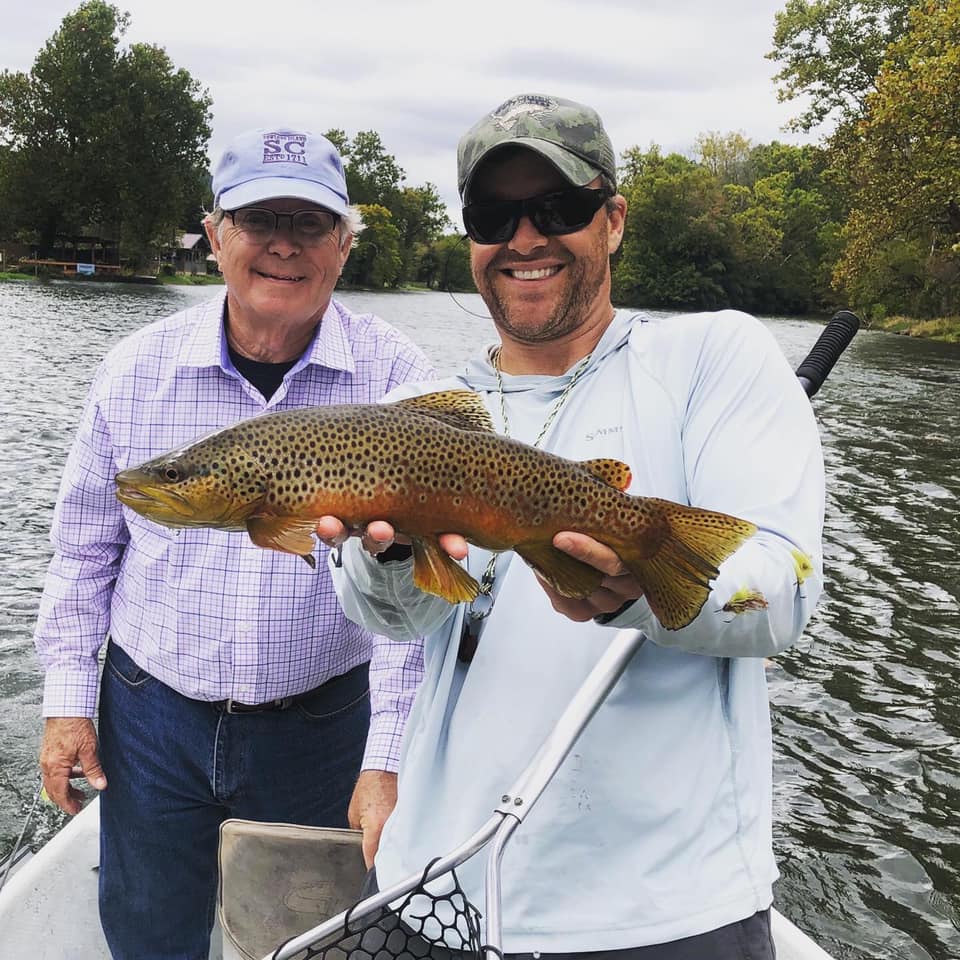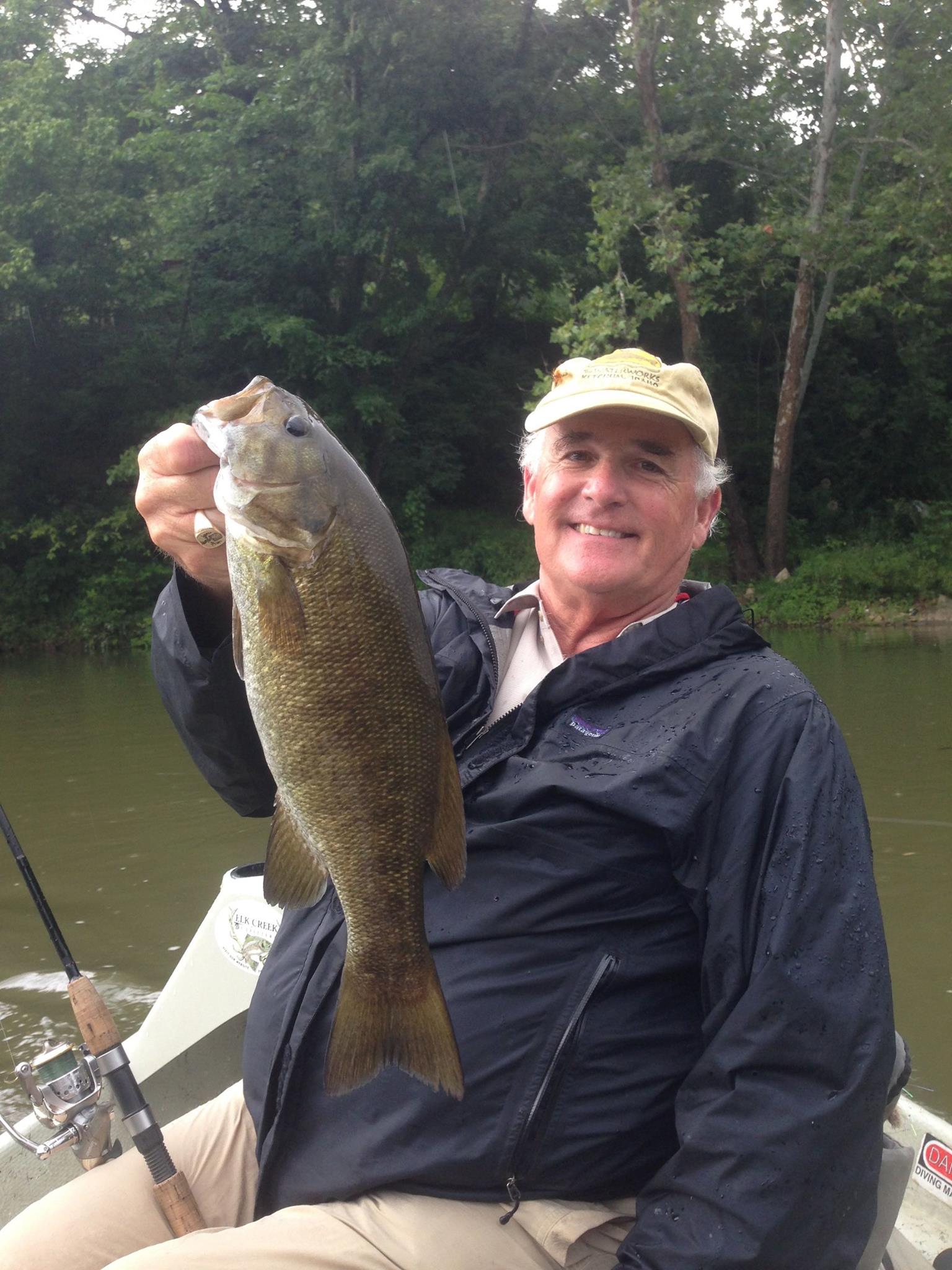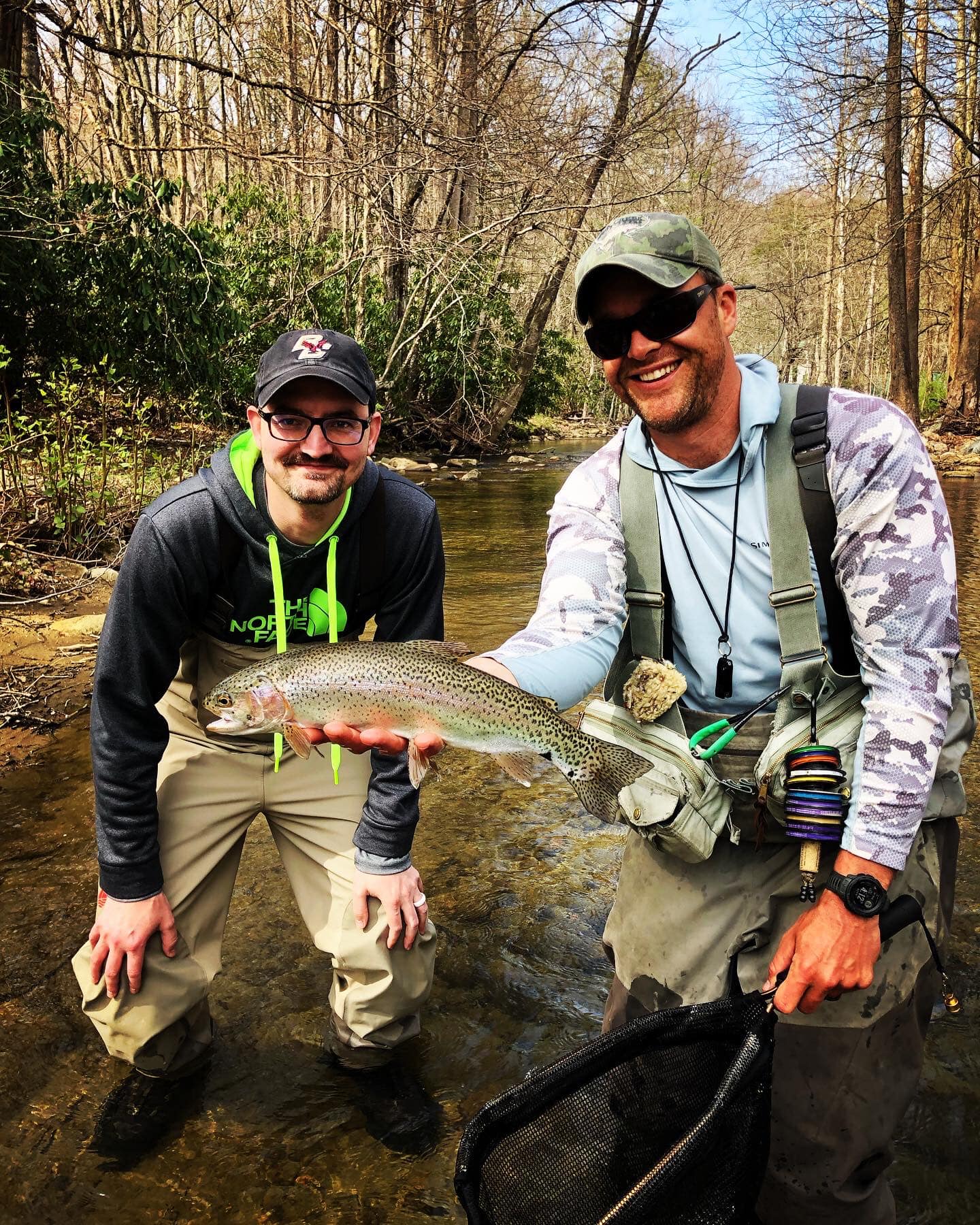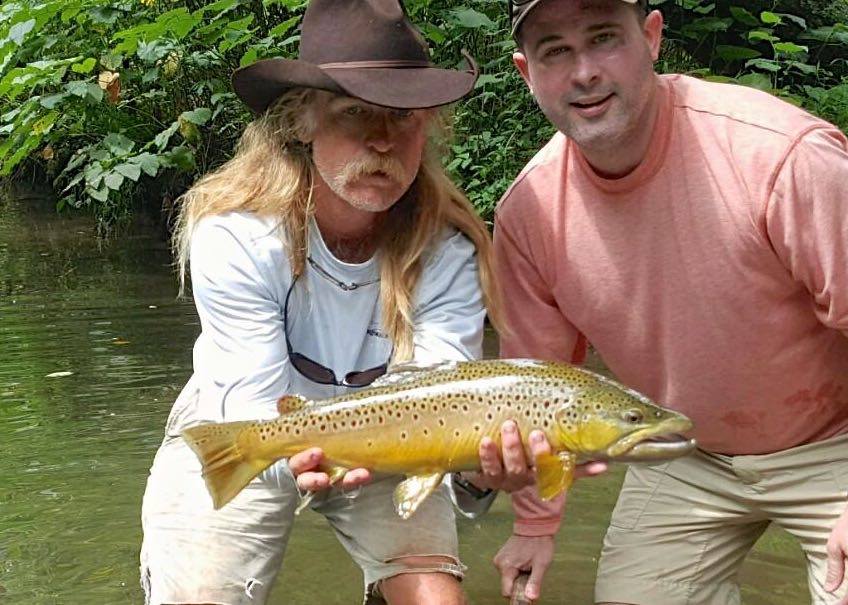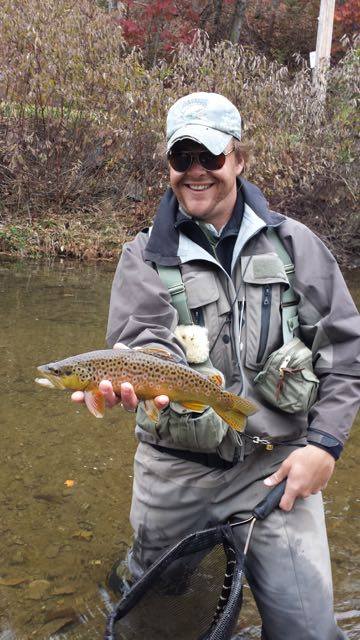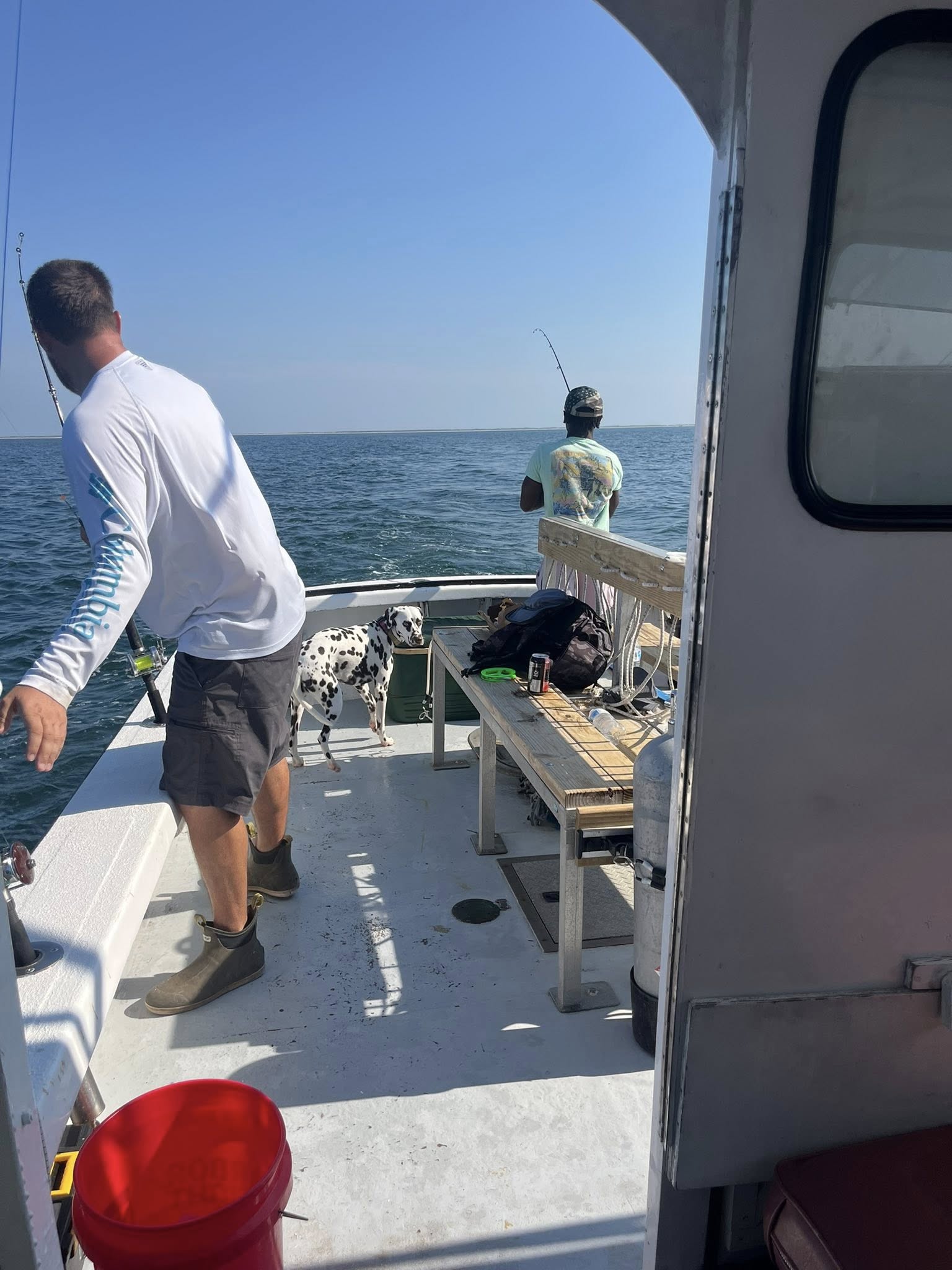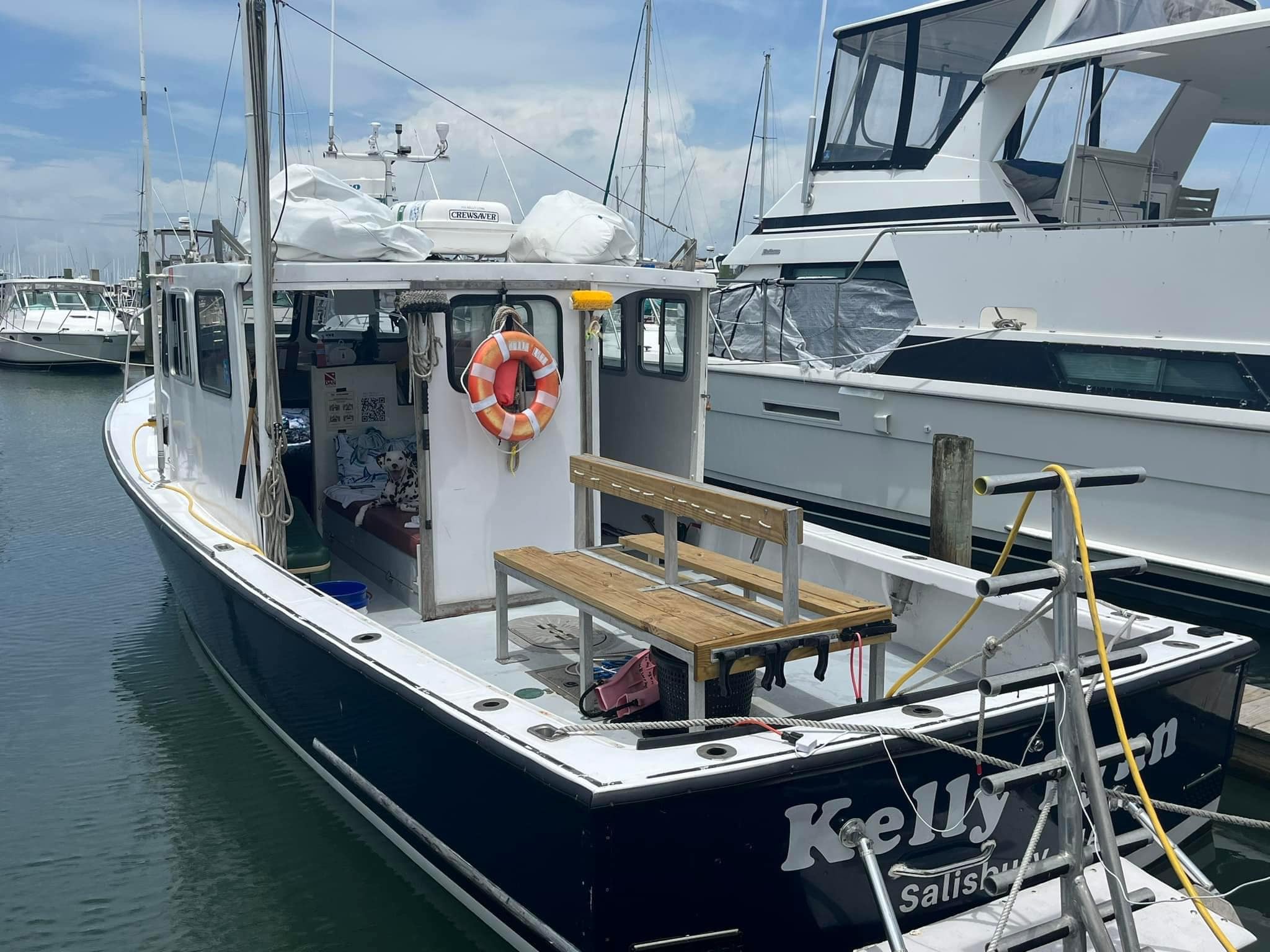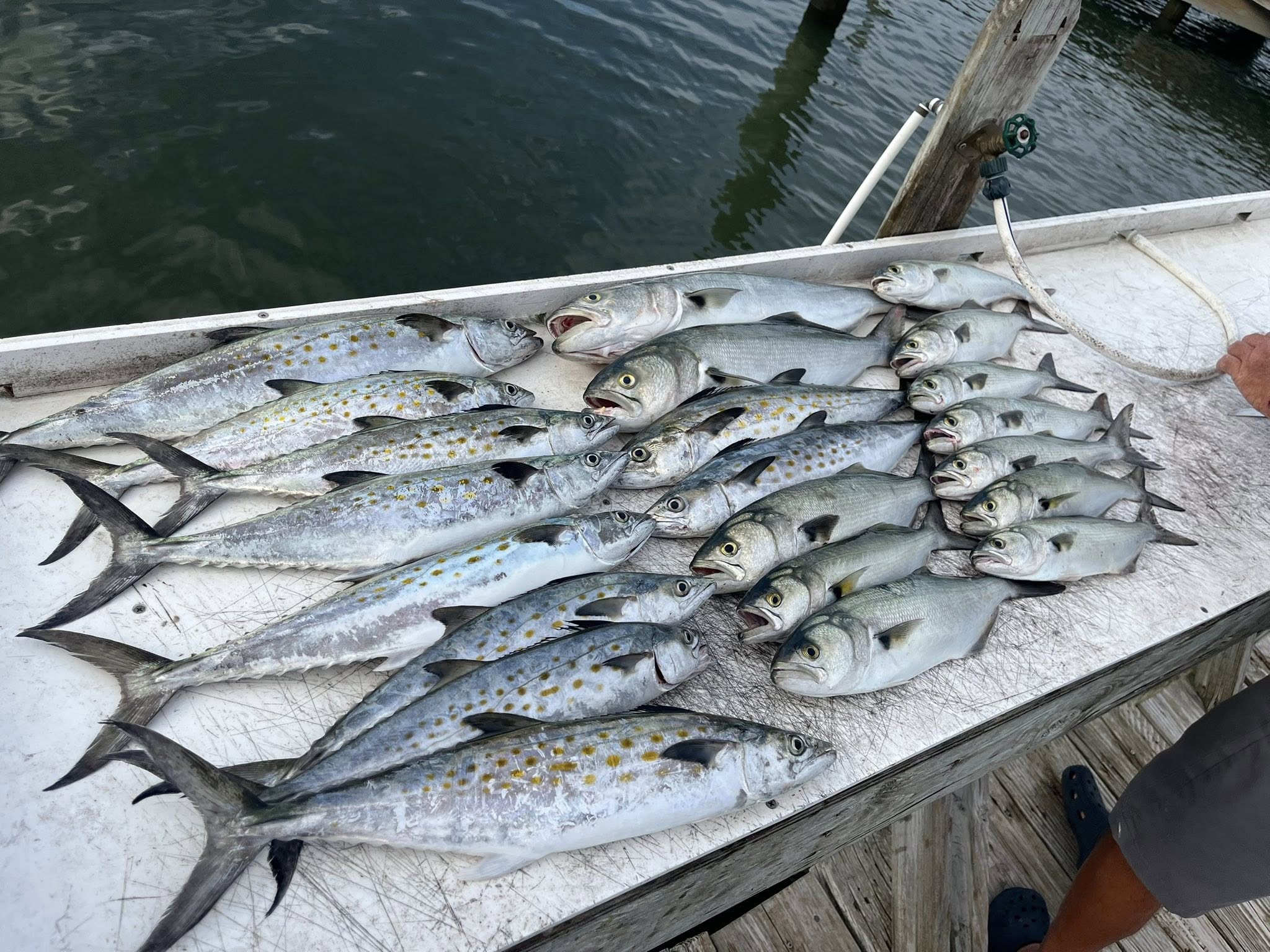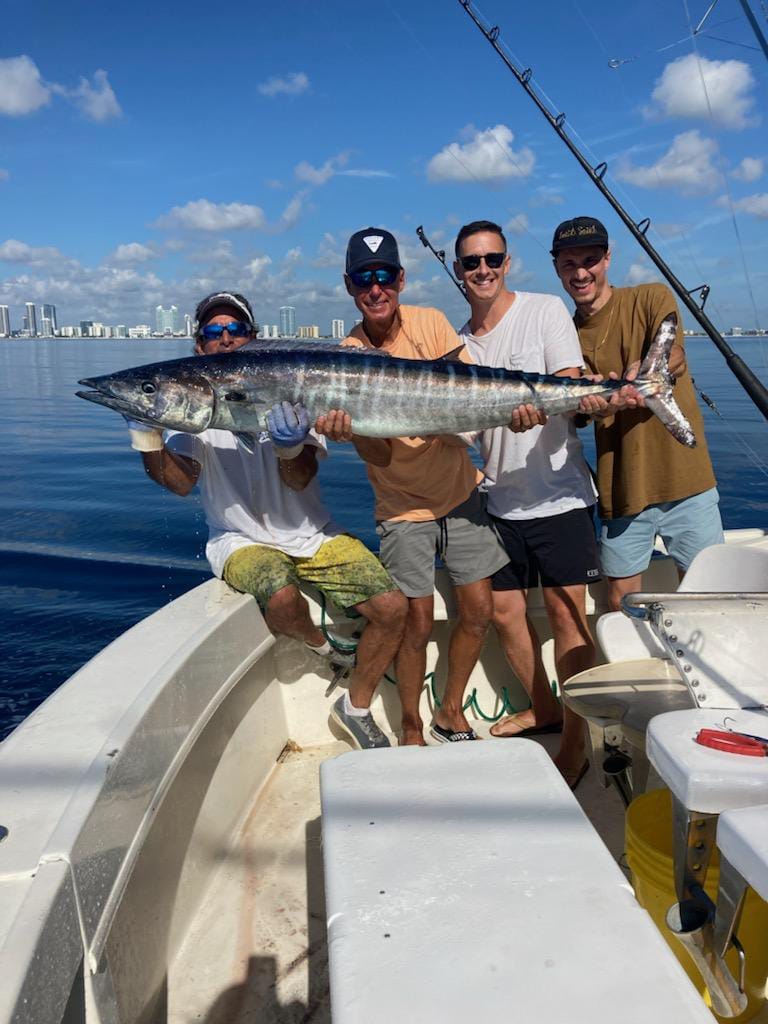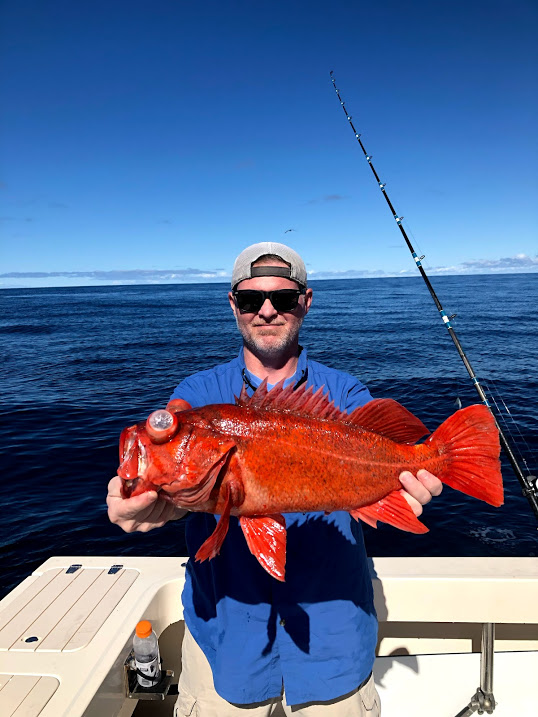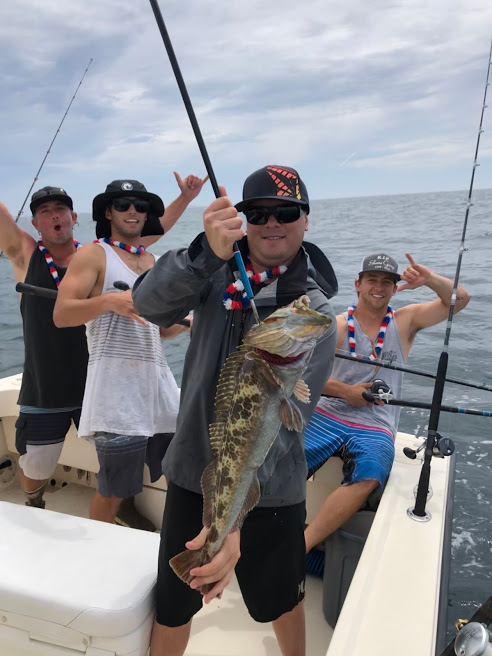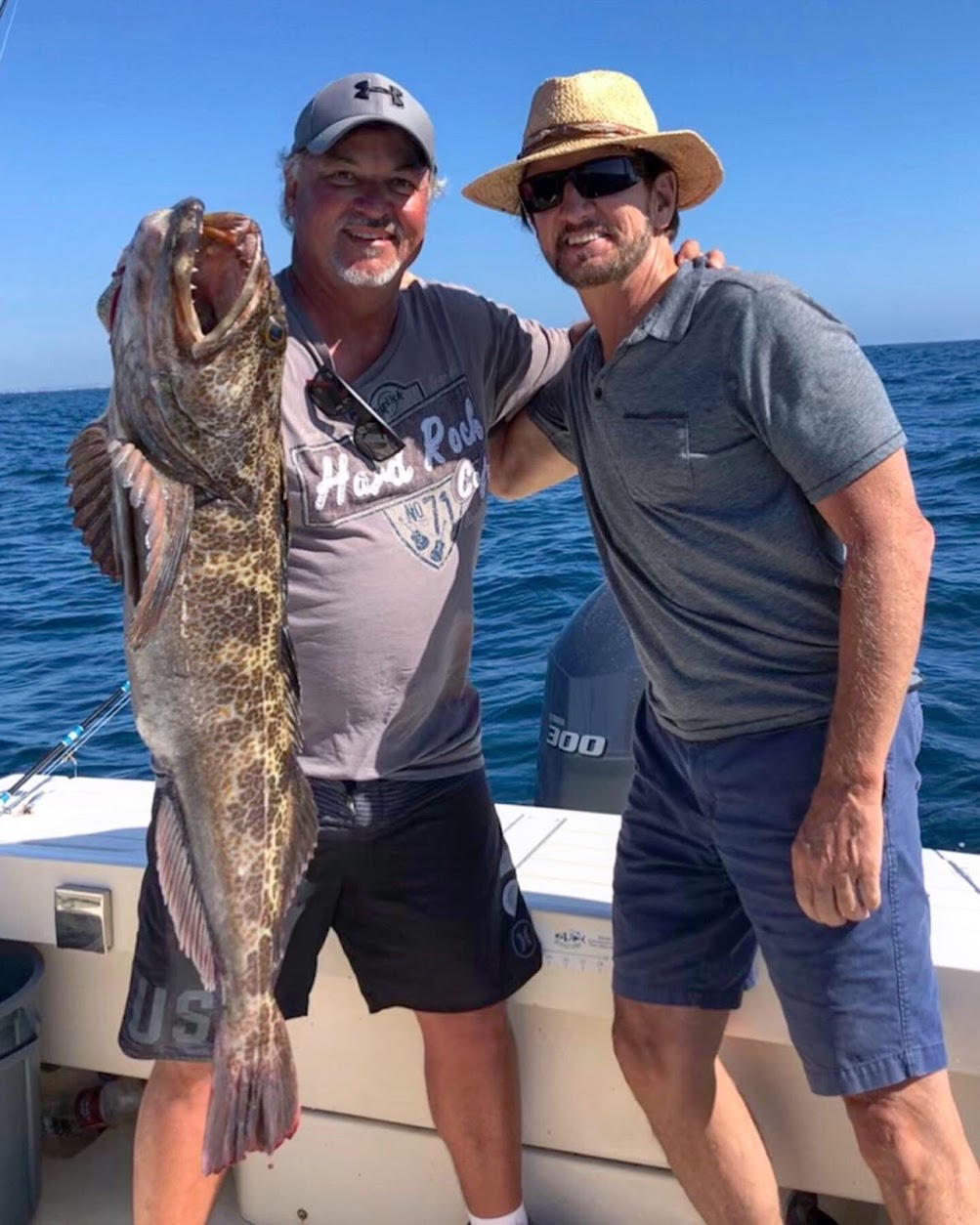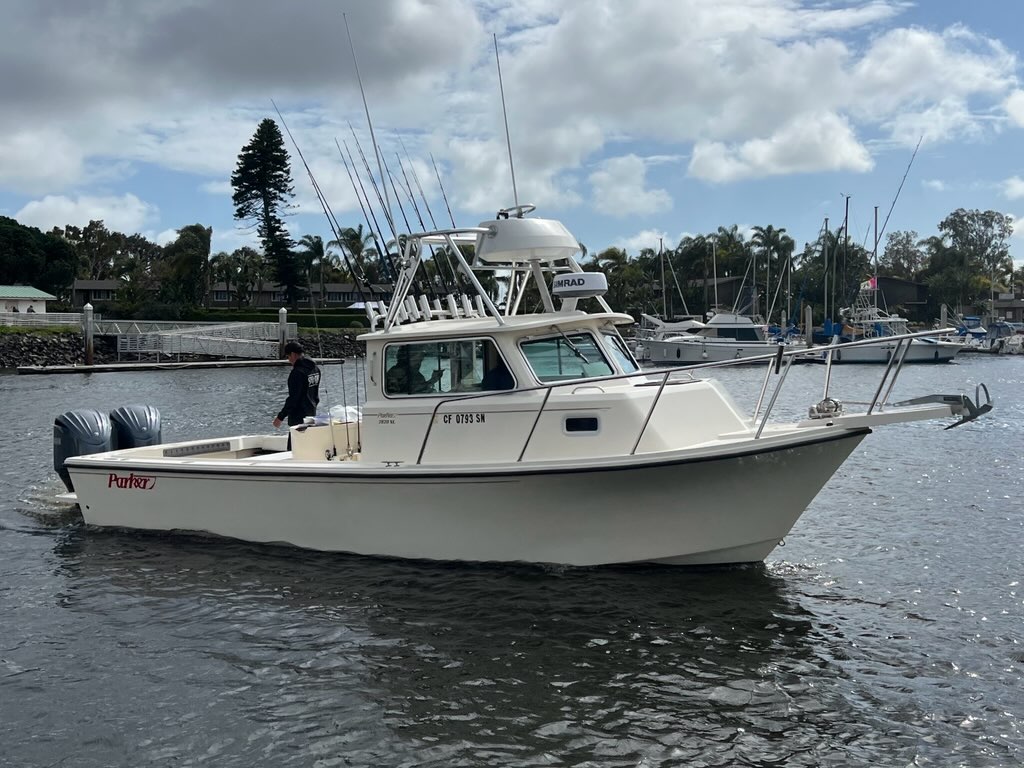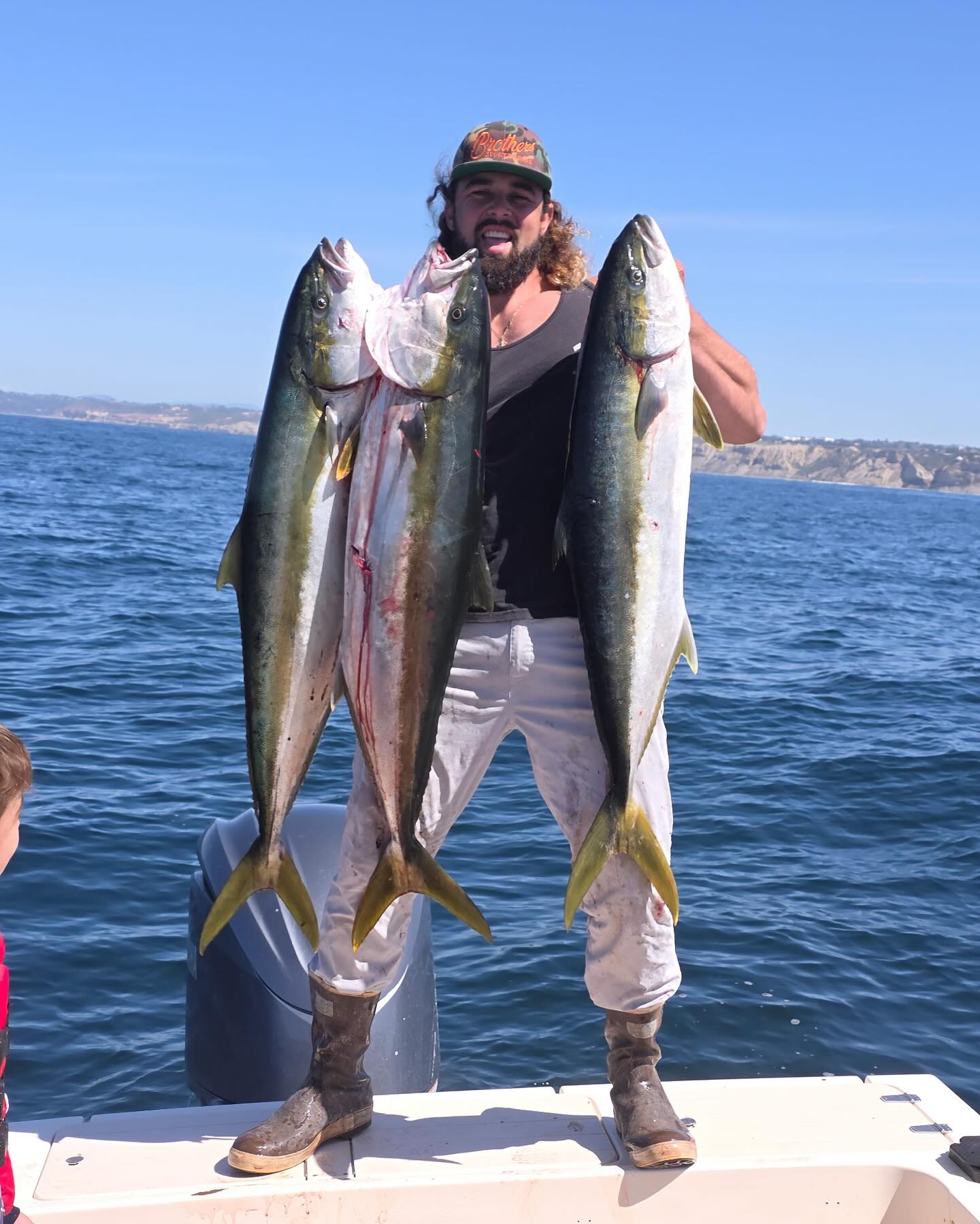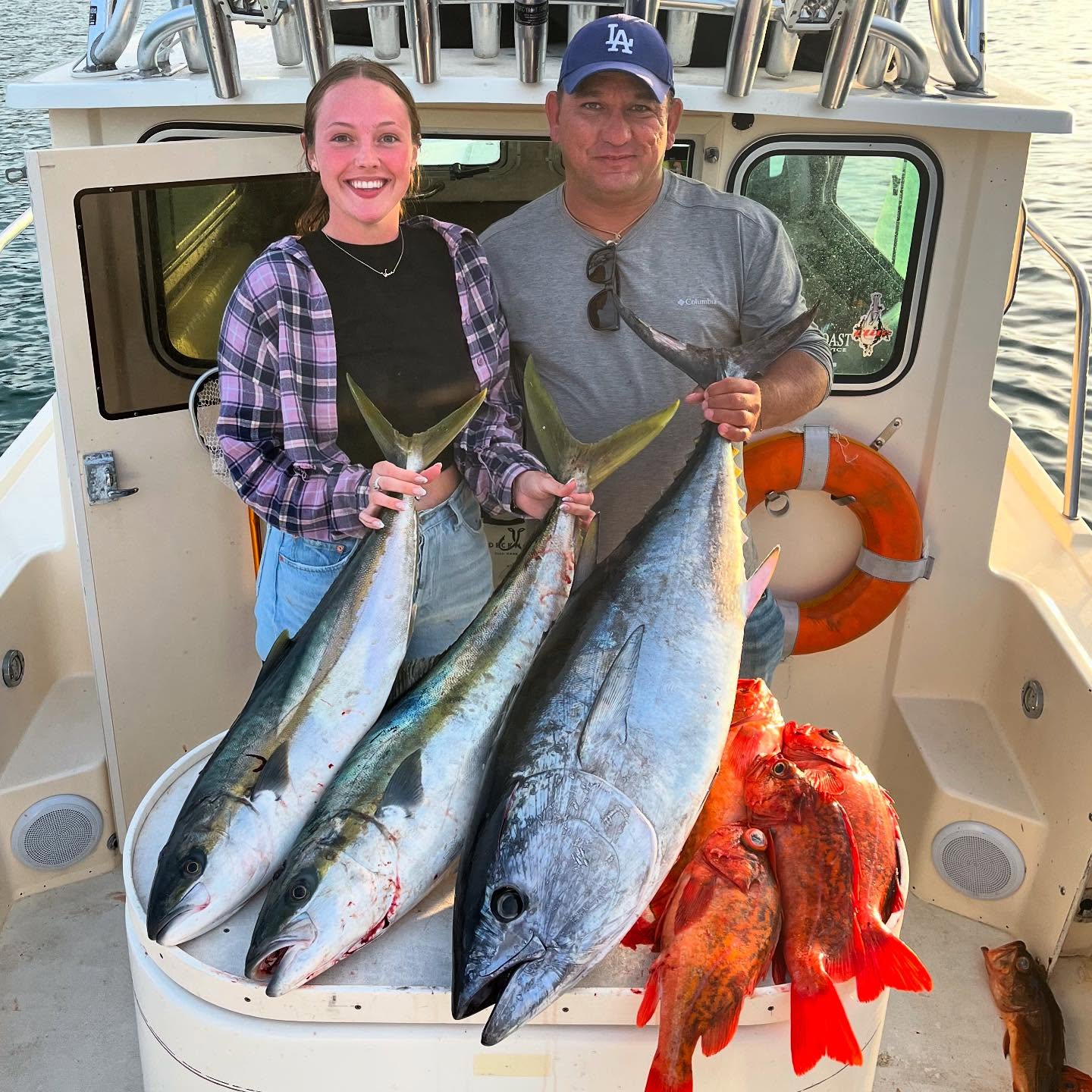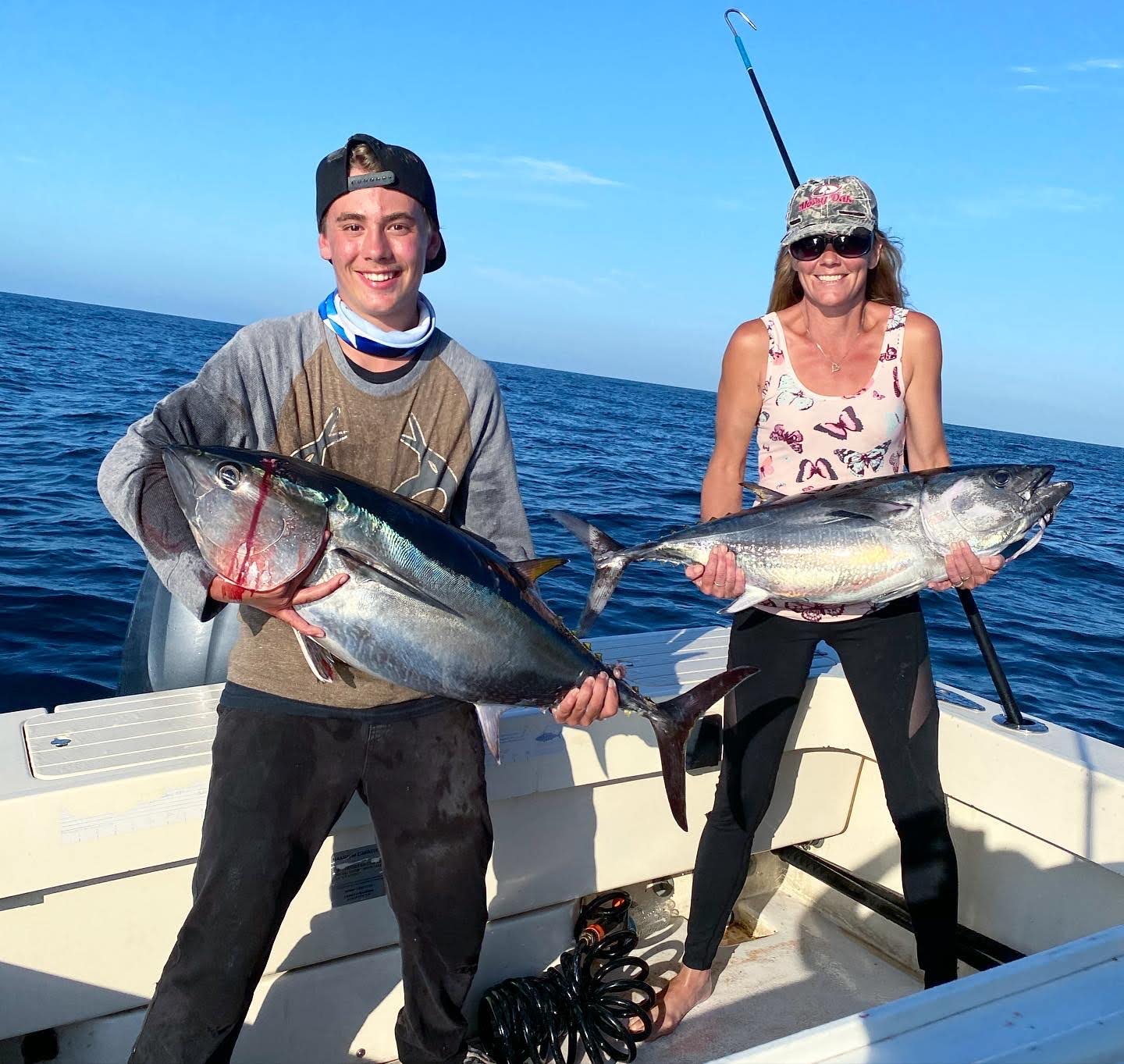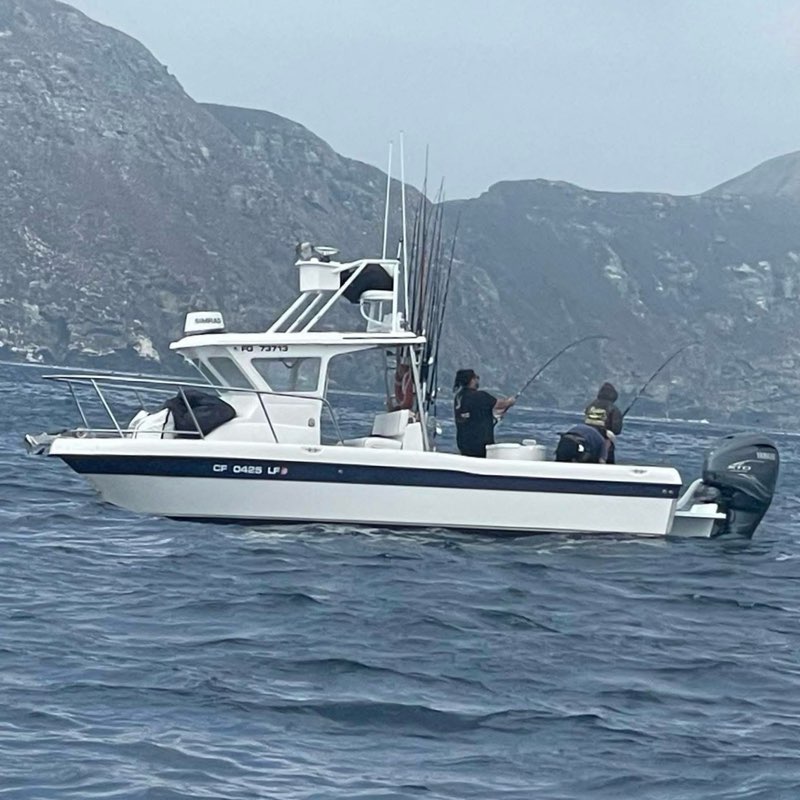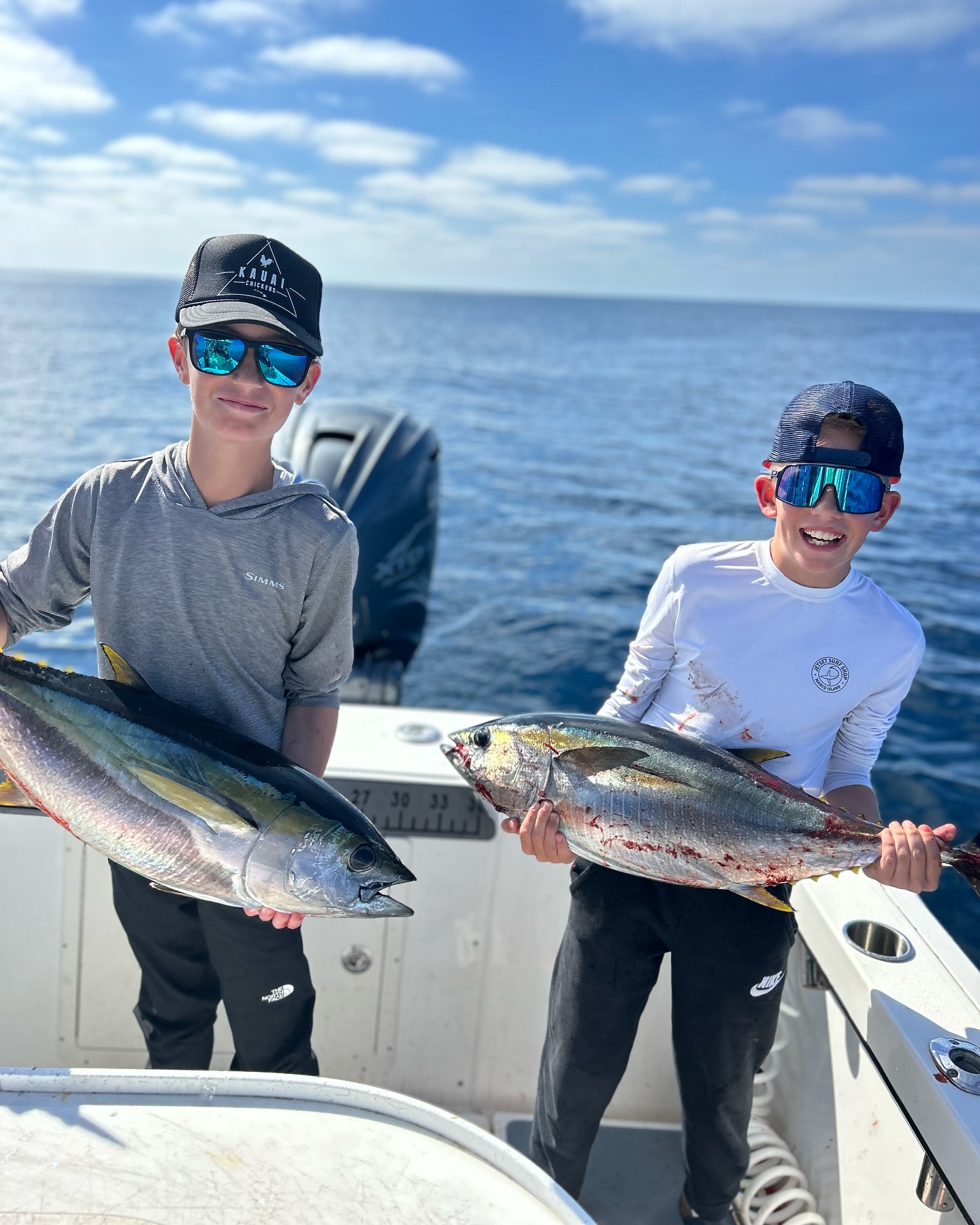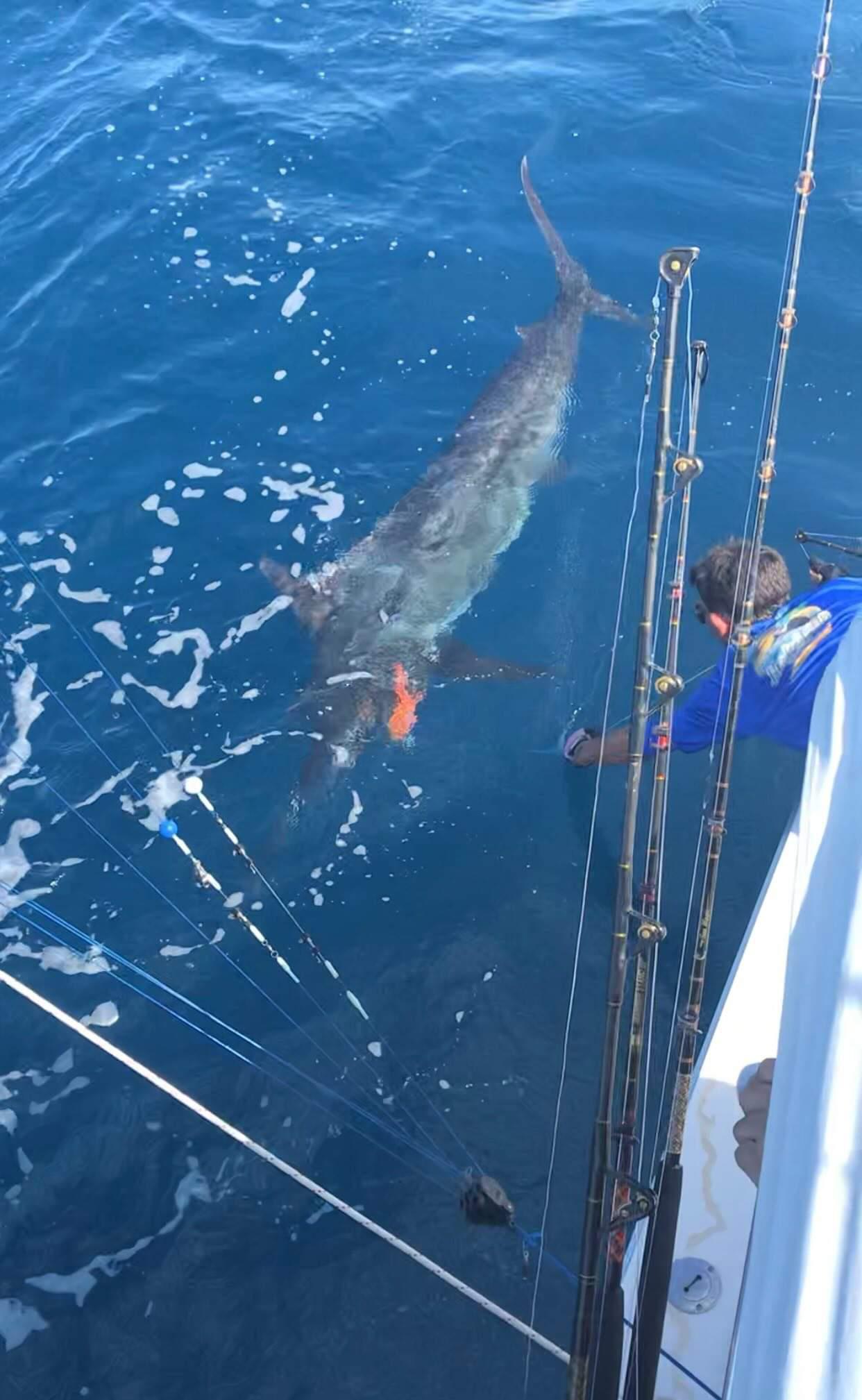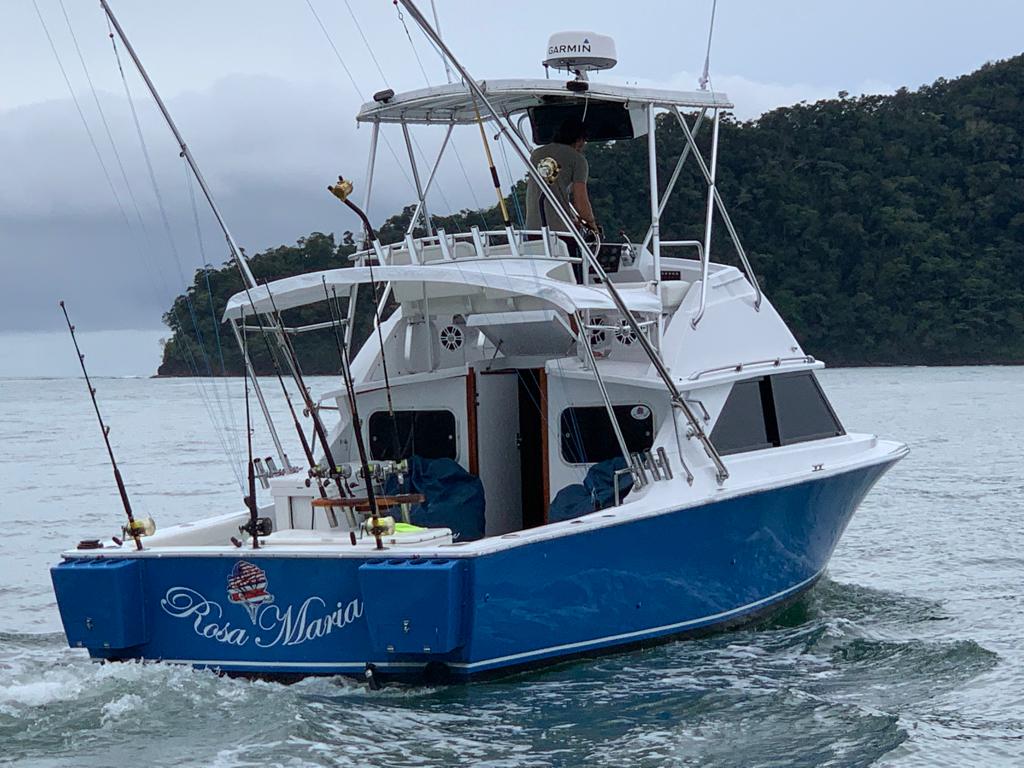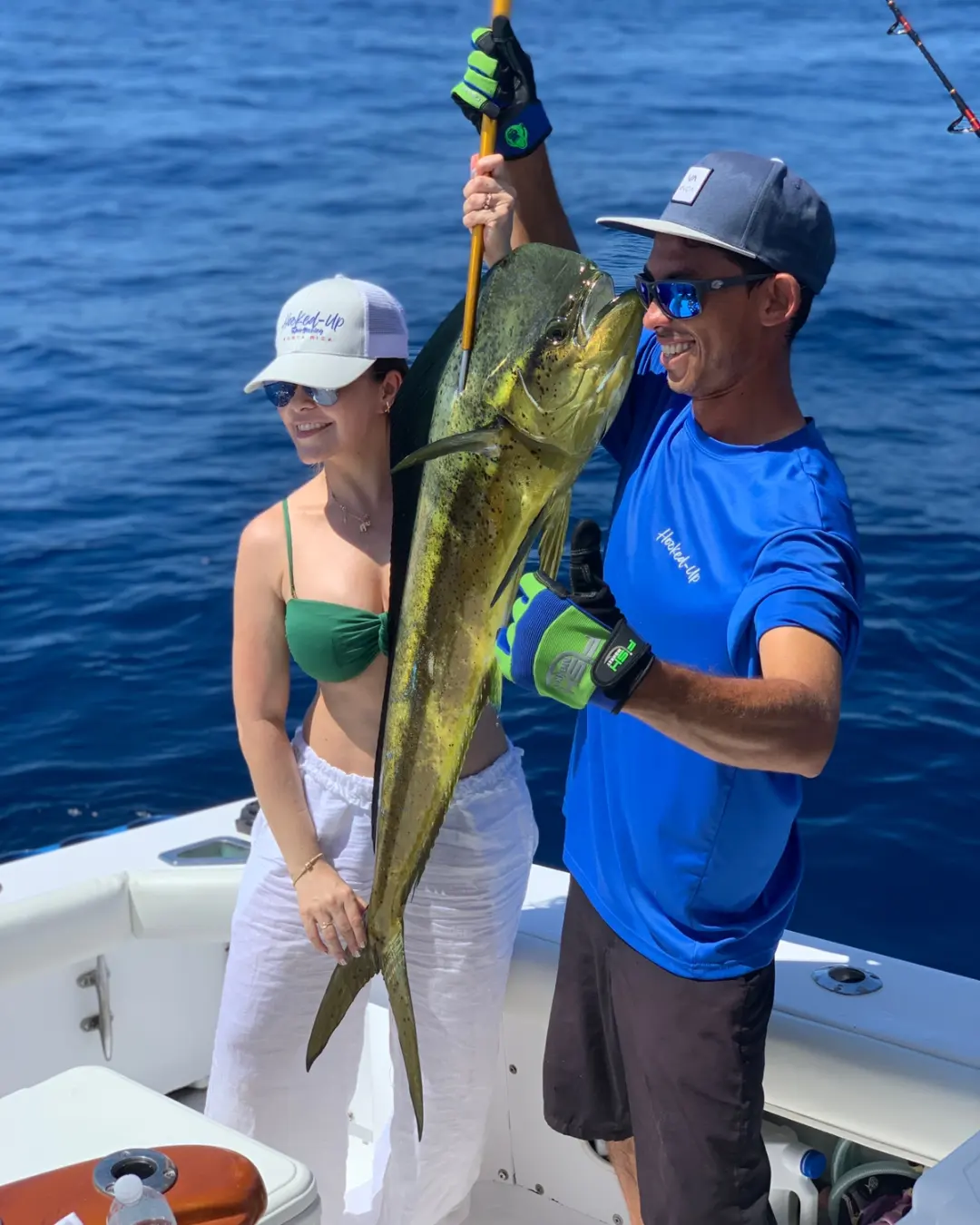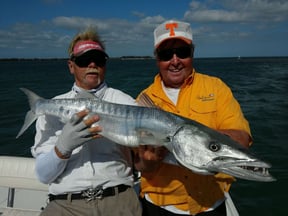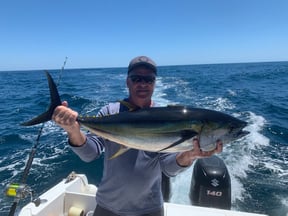Float Fishing Trip
Wade Fishing Trip
Inshore, Nearshore Fishing in Beaufort
Half Day Nearshore Fishing (4hrs)
Deep Sea Fishing in Puerto Vallarta
Deep Sea Fishing
Deep Sea, Nearshore Fishing in Pompano Beach
Trolling Quick Trip Pompano Beach
Inshore, Nearshore Fishing in San Diego
Inshore Or Coastal San Diego
Inshore, Nearshore Fishing in San Diego
Epic Coastal Or Inshore Fishing
Offshore San Diego
Epic Offshore San Diego
Deep Sea Fishing in Playa Herradura
Full Day Offshore
We started Captain Experiences to make it easy to book fishing and hunting guides around the world. With over 2,000 Damn Good Guides, our platform makes finding and booking a trip seamless. Head here to check out our trips.
Kit Brown grew up in the Catskills Mountains of New York State, where fly fishing was common with native people, long before his days. His parents would pack his siblings into their chevy camper and take off all over the United States and Canada. When he was just a child, he was hanging out down by the river watching someone dry fly fish (which is when you toss the fly back and forth to dry before presenting). Kit was hooked to say the least, running back to camp to throw a dixie cup on his rod so he could try to “fly fish.”
Growing Up
Luckily, his dad caught on pretty quick and made him his very own fly rod. From there, every camping trip turned into a fishing trip. They’d pick up a fishing license everywhere they went so he’s now fished in all but five states and a couple provinces of Canada. Though, he’s always drawn back to Broken Bow, where there’s a special spot in the river that reminds him of fishing the Catskills with his dad.
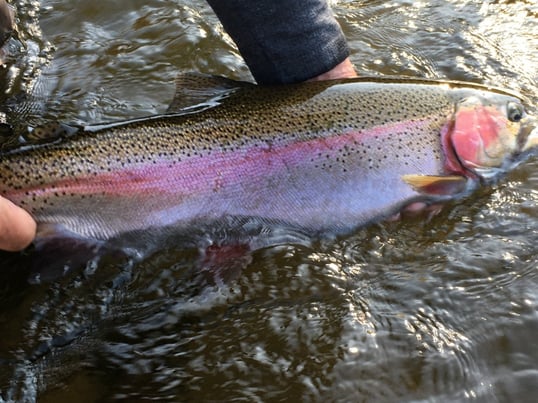
Special Broken Bow
There are many similarities between the Catskills and Broken Bow in Kit’s eyes. The scenery is much the same, plus or minus some maple trees. The people are a lot alike, the river is a lot alike, and both are beautiful.
When you begin the journey to Broken Bow from Texas, it’s a haul through flat lands that seem to go on forever. Then suddenly it opens up into the rolling woodlands of Oklahoma. But beyond the scenery, there’s a reason Kit calls this place home. Some of the biggest fish of his career have come from the Fork River. In the 28 years, he’s spent fishing there, he’s consistently caught 26 to 28-inch rainbows, something you can hardly do anywhere else.
Over those 28 years, plenty has changed on the river. There used to be only a couple of cabins scattered about, but now there are over 5,000 along with a huge casino that’s in the process of being built. The “parade” (as Kit likes to call it) takes place every Sunday at 11 am, as a traffic jam is created for an hour and a half as all the vacationers take off to get home for the week.
The surroundings aren’t the only thing that’s changed. Fork River itself has experienced major flooding, one of the biggest is due to a mismanagement of the dammed water levels. After being forced to open the flood gates, the incoming water destroyed the river, ripping out bedrock, dumping gravel, and even destroying a bridge. Despite everything, the river recovered and remains an excellent fishing spot where Kit will undoubtedly where.
The Beauty of Fly Fishing
There’s a rhyme and reason behind why beautiful places like Broken Bow, the Catskills, Montana, and more hold plentiful trout streams. And that’s just because “trout don’t live in ugly places.” The river is a place of peace for wildlife like mink, otters, eagles, and deer as well as a fly fisherman or woman. When you’re out on the river, you’re not worried about problems or bills you have to pay. You become one with the water.
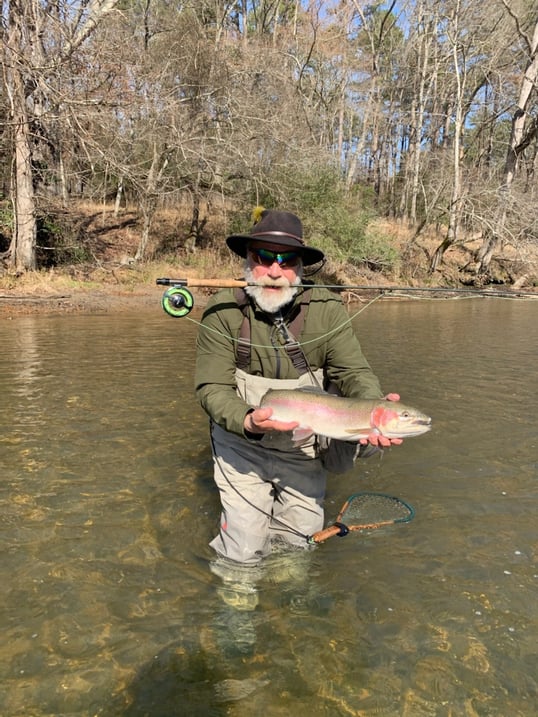
What’s On Kit’s Bucket List?
Although Kit’s nearly seen and fished it all, there are a few places he has yet to visit. Unfortunately due to the pandemic, he’s had two British Columbia trips canceled and is waiting to check off his bucket list. Ten years ago, he read an article about a specific stream in BC. One that’s way off in the middle of nowhere, with no people, unique topography, and is known for having large rainbows and cutthroats. Landing a big bull trout is also on the list, even though he’s already caught a couple of small ones.
Though, if he ever wins the lottery, he’ll be on a worldwide fishing tour. New Zealand and Argentina are at the top of the list. Patagonia is unlike any place he’s ever been to. Also can’t forget the East Coast to nail a sea-run brown trout.
Learning to Fly Fish with Kit
Most of Kit’s clients are not perfect fishermen when they book a trip with him. In fact, for the majority of his clients, their trip with him is their first time fly fishing. Kit believes that fly fishing isn’t too difficult to learn but he always says “the problem with learning to fly fish is that it’s a lot of muscle memory”. The back cast is supposed to be identical to the forward cast and if you can nail down that concept then your cast will be near perfect. Kit said it usually takes about 15 minutes for people to start to get the hang of things. Kit finds that people who watch YouTube videos before they come out end up hurting themselves more than they help. He often witnesses people that try to mimic what they see on the internet instead of listening to him and the videos they watch may not be teaching proper technique. Even though most of his clients are not proficient fishermen Kit has them casting well within about 15 minutes of practice and within an hour most of them are casting perfectly.
Taking out first timers, Kit usually fishes with wet flies or nymphs, the technique for presentation is a lot easier for beginners than dry flies. There’s also less casting involved and cast placement doesn’t matter as much so it’s a good way to begin fly fishing for the novice.
One of the more important things to master for fly fishing is learning how to play the fish. It’s a lot different than catching fish on a spinner or bait caster. You’re working with 4-pound test leaders at the maximum which is not very forgiving. For reference, bass are usually caught on 20-pound test lines. Landing these trout can be tricky for somebody who doesn’t know what they’re doing but Kit can help teach people how with his years of experience. To add to the difficulty the entire river is barbless hooks so if you don’t keep the line tight then it would be pretty easy for the fish to shake the hook.
Kit’s job, in his own words, is to put you on the fish. It’s still up to the fisherman to catch them. There are guides in the area that have signs that say “no fish, no pay” but he finds one slight problem with this. If he puts you on the fish and they’re not biting there’s not much he can do about that.
One of the finer points of fly fishing that Kit tries to teach his clients is how to find a good spot to fish on the river. He says that just because your old spots have gone dry doesn’t mean the whole river has. Spots change as the river changes. The deeper water moves quicker and erodes different areas of the river. Over seasons the best spots for fishing change. What Kit tries to teach his clients are the basic principles of fly fishing. Trout like to sit in slow-moving water and move into the fast-moving water to grab something to eat then they will move back to the slower water. This is why Kit tells people to fish the foam. Foam will indicate transition areas in the water where fish will likely be moving back and forth feeding.
Joey Butrus
Updated on August 2, 2023

July 31, 2024

November 15, 2023
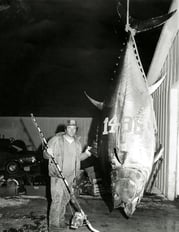
June 3, 2021
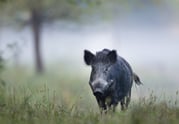
November 7, 2023
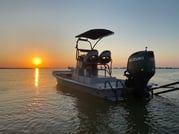
January 7, 2022
Related Articles
June 28, 2023
July 12, 2022
Featured Locations
- Fishing Charters Near Me
- Austin Fishing Guides
- Biloxi Fishing Charters
- Bradenton Fishing Charters
- Cabo San Lucas Fishing Charters
- Cancun Fishing Charters
- Cape Coral Fishing Charters
- Charleston Fishing Charters
- Clearwater Fishing Charters
- Corpus Christi Fishing Charters
- Crystal River Fishing Charters
- Dauphin Island Fishing Charters
- Daytona Beach Fishing Charters
- Destin Fishing Charters
- Fort Lauderdale Fishing Charters
- Fort Myers Fishing Charters
- Fort Walton Beach Fishing Charters
- Galveston Fishing Charters
- Gulf Shores Fishing Charters
- Hatteras Fishing Charters
- Hilton Head Fishing Charters
- Islamorada Fishing Charters
- Jacksonville Fishing Charters
- Jupiter Fishing Charters
- Key Largo Fishing Charters
- Key West Fishing Charters
- Kona Fishing Charters
- Lakeside Marblehead Fishing Charters
- Marathon Fishing Charters
- Marco Island Fishing Charters
- Miami Fishing Charters
- Montauk Fishing Charters
- Morehead City Fishing Charters
- Naples Fishing Charters
- New Orleans Fishing Charters
- New Smyrna Beach Fishing Charters
- Ocean City Fishing Charters
- Orange Beach Fishing Charters
- Panama City Beach Fishing Charters
- Pensacola Fishing Charters
- Pompano Beach Fishing Charters
- Port Aransas Fishing Charters
- Port Orange Fishing Charters
- Rockport Fishing Charters
- San Diego Fishing Charters
- San Juan Fishing Charters
- Sarasota Fishing Charters
- South Padre Island Fishing Charters
- St. Augustine Fishing Charters
- St. Petersburg Fishing Charters
- Tampa Fishing Charters
- Tarpon Springs Fishing Charters
- Venice Fishing Charters
- Virginia Beach Fishing Charters
- West Palm Beach Fishing Charters
- Wilmington Fishing Charters
- Wrightsville Beach Fishing Charters
